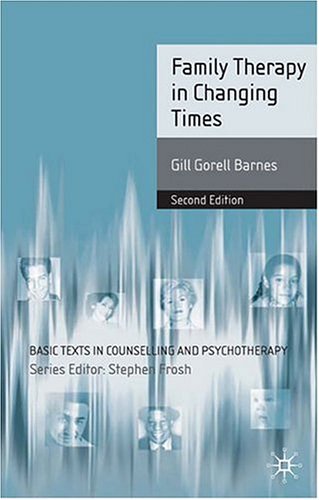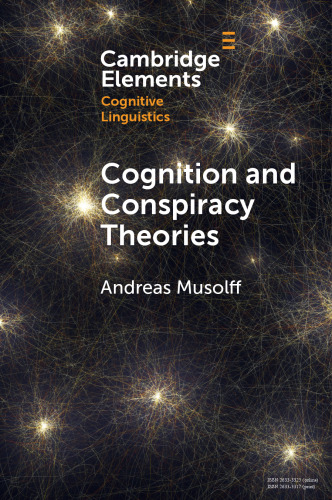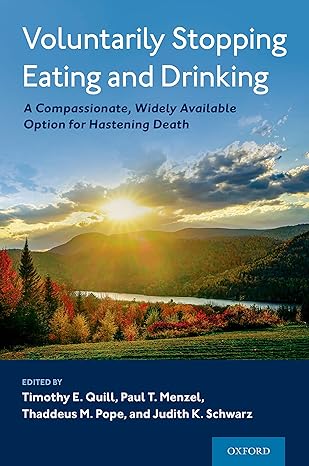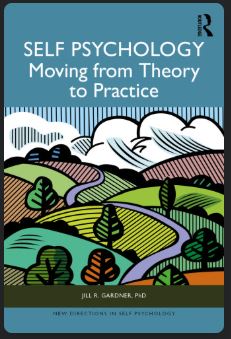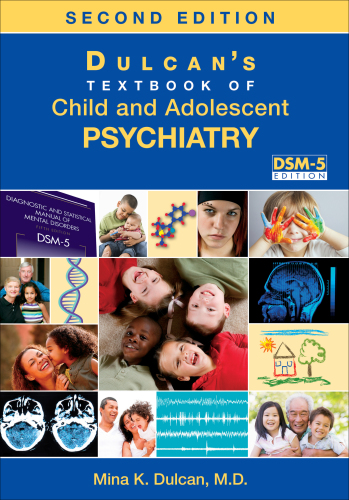When we approach a new model of therapy what do we want to know about it? The questions that students most frequently ask about how family therapy differs from other counselling or therapy models point to three areas that loosely distinguish a systemic approach from other approaches. First of all, family therapy looks at current context, what is going on in people’s lives now, as well as what has gone on before: the voices that continue to shout down the telephone or speak in a derogatory manner at Sunday lunch, as well as those voices from the past that are carried in a person’s head. Secondly, it listens to the ways in which current relationships, as well as former relationships, come to form patterns and conversations in people’s minds, and therefore influence their beliefs and daily practices. Thirdly, the way in which these inner and outer conversations are arranged, the importance the individual accords to each of them and the way some are privileged over others are seen as related to how individuals behave in their families, in their circles of intimate relationship and in wider social contexts. Identity is therefore primarily considered as a self negotiated in relation to others from our infancy onwards. While developmental processes play a key part in how we experi- ence and perceive interpersonal processes, the idea of a ‘core inner self’ is always seen as contextualised by the mutual influence of family and other intimate relationships.
چکیده فارسی
وقتی به یک مدل درمانی جدید نزدیک می شویم، می خواهیم در مورد آن چه بدانیم؟ سوالاتی که دانشآموزان اغلب درباره تفاوت خانوادهدرمانی با سایر مدلهای مشاوره یا درمانی میپرسند، به سه حوزه اشاره میکنند که رویکرد سیستمی را از سایر رویکردها متمایز میکند. اول از همه، خانواده درمانی به شرایط کنونی، آنچه اکنون در زندگی مردم می گذرد، و همچنین آنچه قبلاً اتفاق افتاده است می پردازد: صداهایی که همچنان در ناهار یکشنبه تلفن را فریاد می زنند یا به شکلی تحقیرآمیز صحبت می کنند. مانند آن صداهایی از گذشته که در سر یک شخص حمل می شود. ثانیاً، به راههایی گوش میدهد که روابط کنونی و همچنین روابط سابق، الگوها و گفتگوهایی را در ذهن مردم شکل میدهند و بنابراین بر باورها و اعمال روزانه آنها تأثیر میگذارند. ثالثاً، نحوه تنظیم این مکالمات درونی و بیرونی، اهمیتی که فرد برای هر یک از آنها قائل است و امتیاز برخی از دیگران به نحوه رفتار افراد در خانواده، در حلقه های روابط صمیمانه و در زمینه های اجتماعی گسترده تر بنابراین هویت در درجه اول به عنوان یک خود مورد مذاکره در رابطه با دیگران از دوران کودکی ما به بعد در نظر گرفته می شود. در حالی که فرآیندهای رشد نقش کلیدی در نحوه تجربه و درک ما از فرآیندهای بین فردی ایفا می کنند، ایده «خود درونی اصلی» همیشه به عنوان زمینه ای در اثر تأثیر متقابل خانواده و سایر روابط صمیمانه دیده می شود.
ادامه ...
بستن ...
Author(s): Gill Gorell Barnes Series: Basic texts in counselling and psychotherapy Publisher: Palgrave Macmillan, Year: 2004 ISBN: 1403904723,9781403904720
ادامه ...
بستن ...
